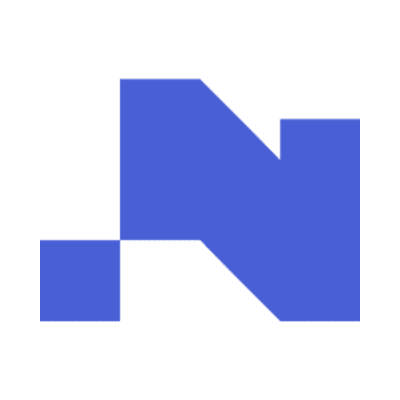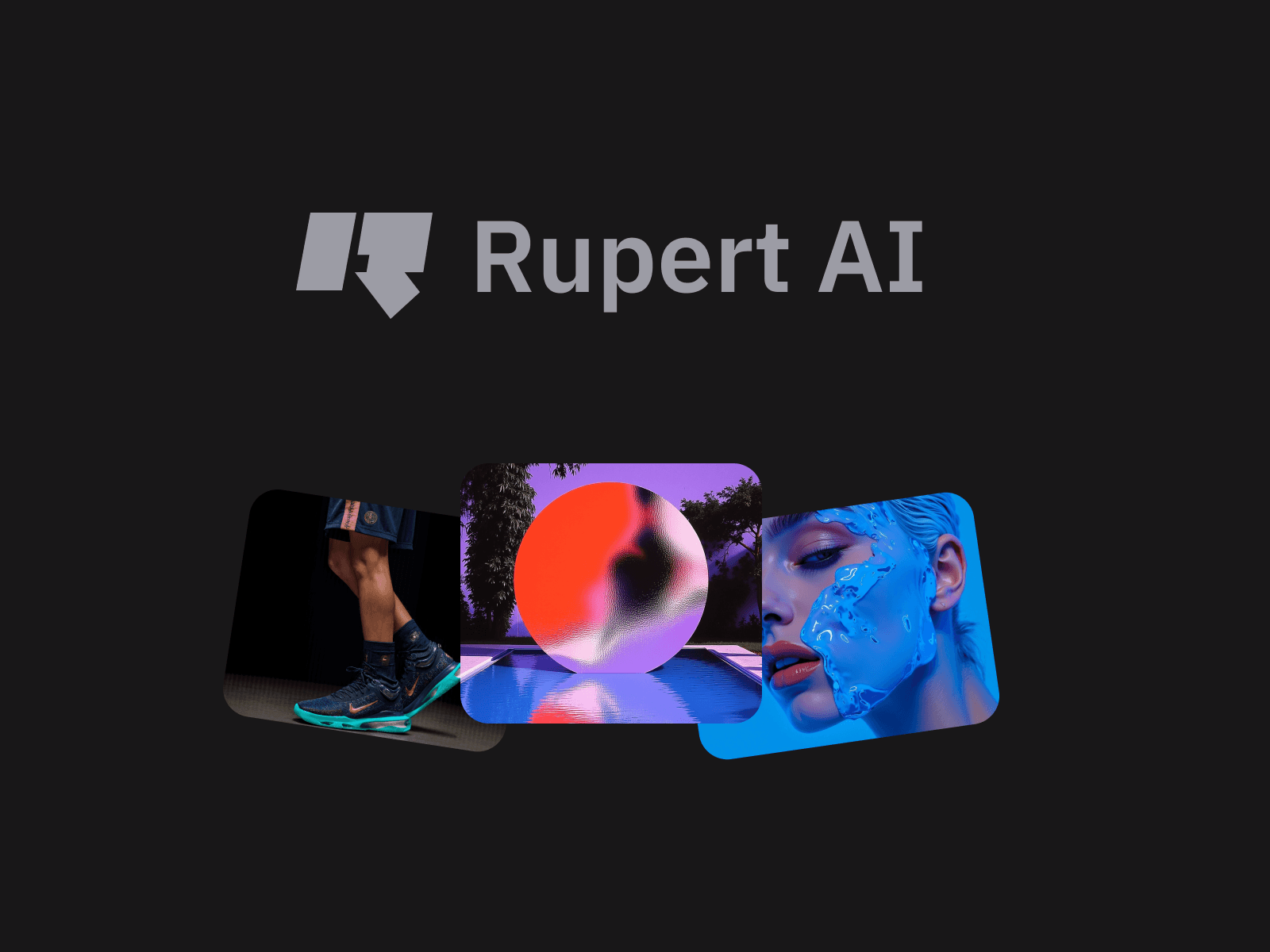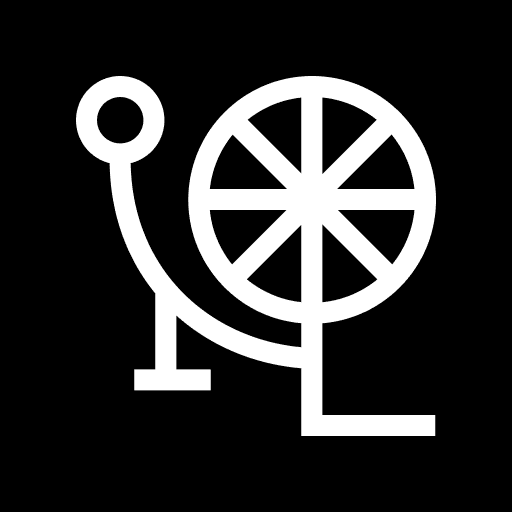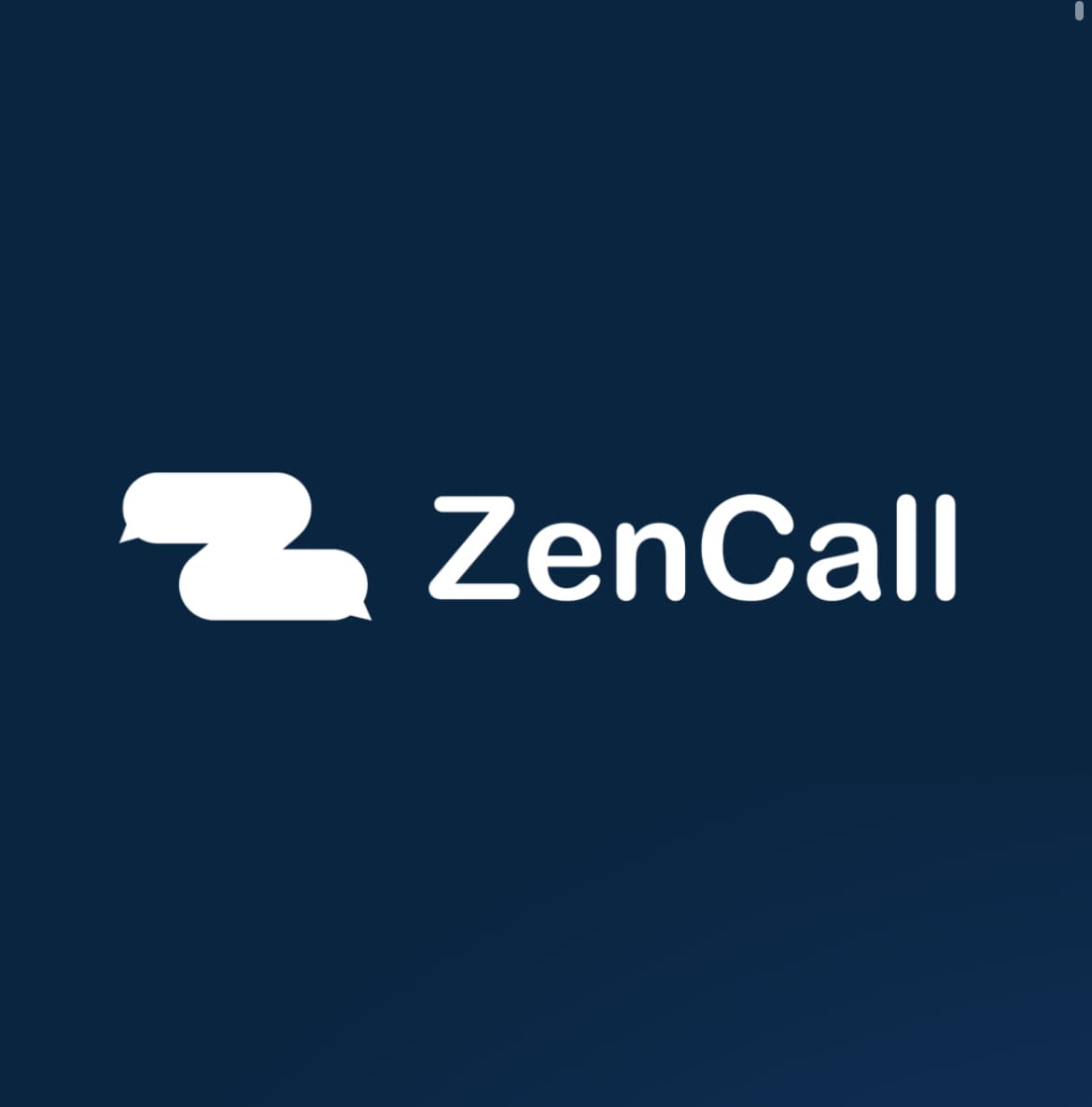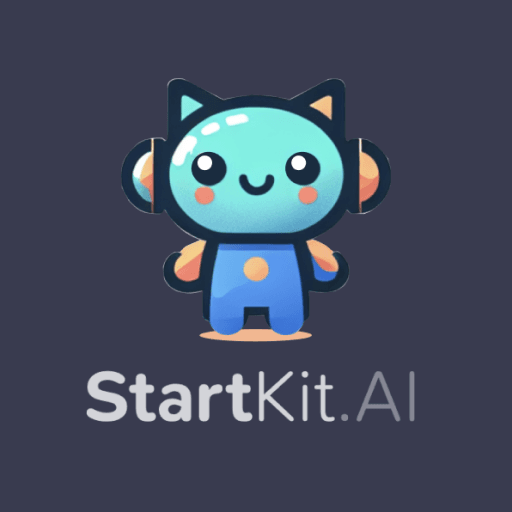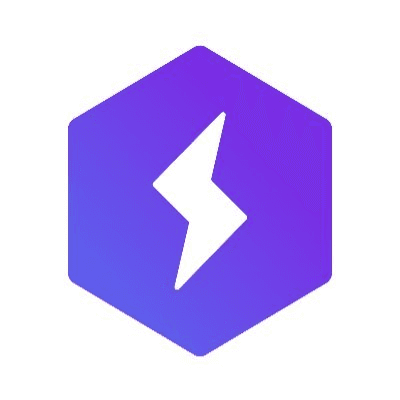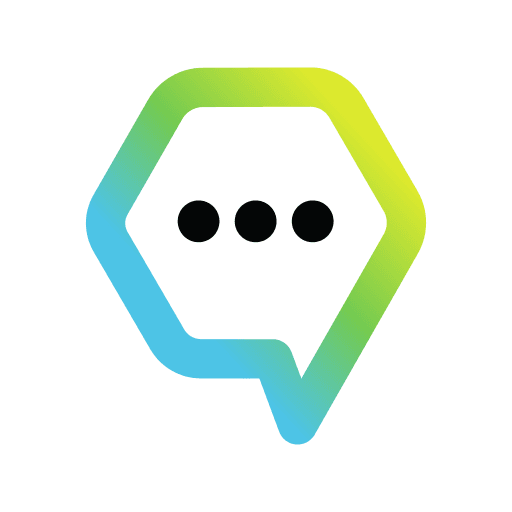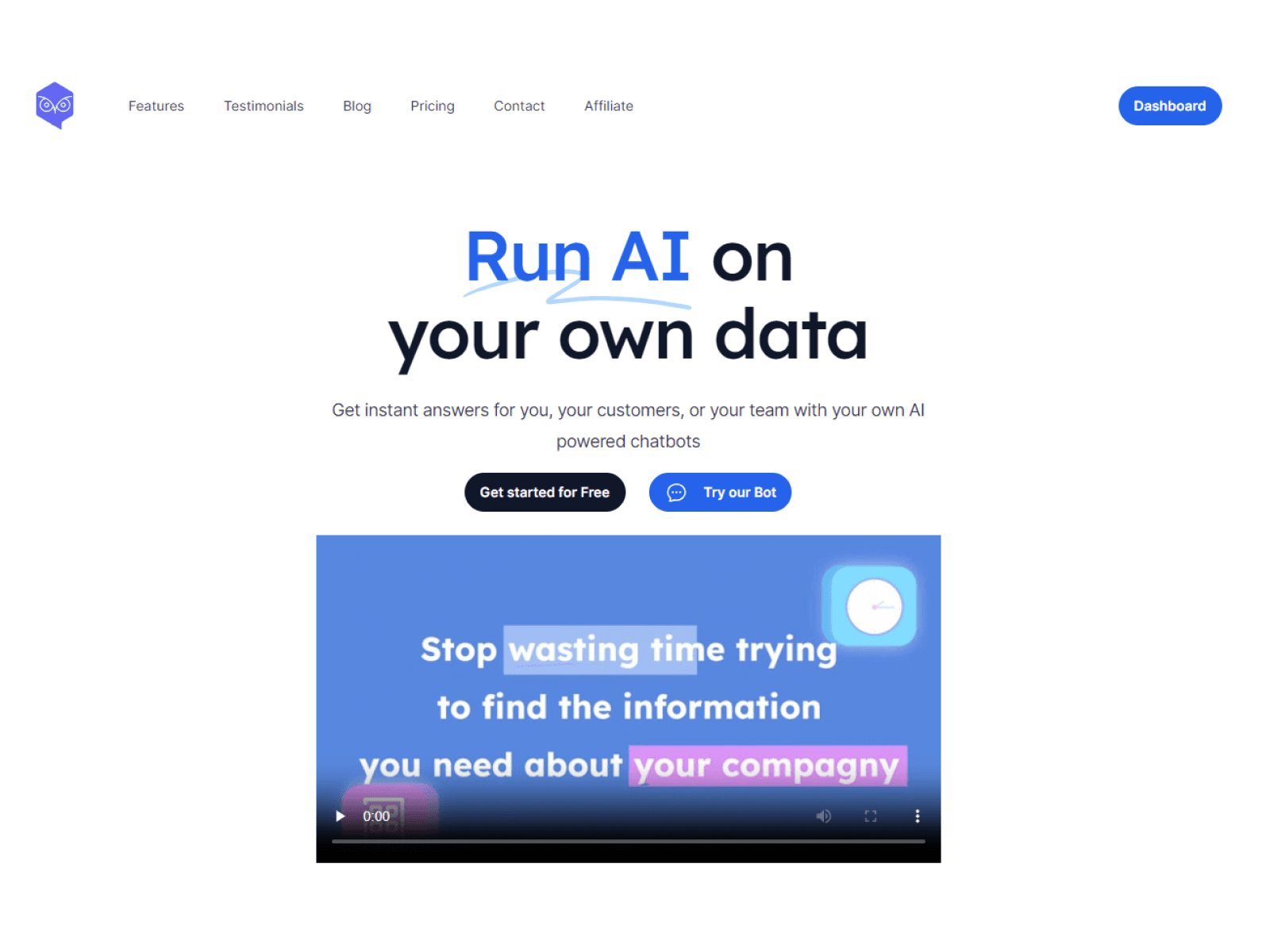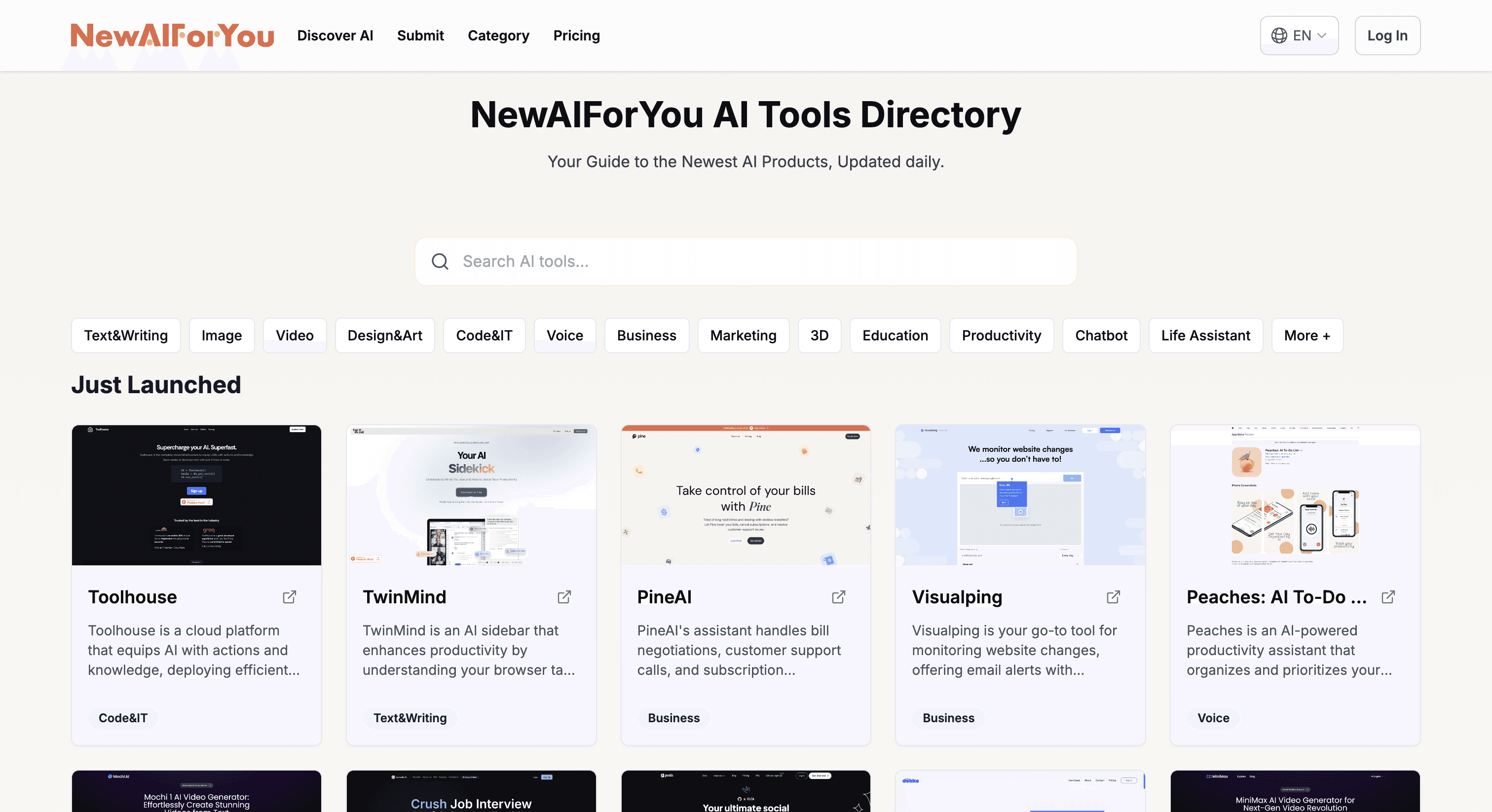Chat Thing vs. Narrow AI
Chat Thing
Make AI chatbots in minutes
Narrow AI
Introducing Narrow AI: Take the Engineer out of Prompt Engineering Narrow AI autonomously writes, monitors, and optimizes prompts for any model - so you can ship AI features 10x faster at a fraction of the cost. Maximize quality while minimizing costs - Reduce AI spend by 95% with cheaper models - Improve accuracy through Automated Prompt Optimization - Achieve faster responses with lower latency models Test new models in minutes, not weeks - Easily compare prompt performance across LLMs - Get cost and latency benchmarks for each model - Deploy on the optimal model for your use case Ship LLM features 10x faster - Automatically generate expert-level prompts - Adapt prompts to new models as they are released - Optimize prompts for quality, cost and speed Learn more at getnarrow.ai
| Item | Votes | Upvote |
|---|---|---|
| No pros yet, would you like to add one? | ||
| Item | Votes | Upvote |
|---|---|---|
| No cons yet, would you like to add one? | ||
| Item | Votes | Upvote |
|---|---|---|
| Automated Model Migration | 1 | |
| Intelligent Cost & Performance Optimization | 1 | |
| Continuous Performance Monitoring | 1 |
| Item | Votes | Upvote |
|---|---|---|
| No cons yet, would you like to add one? | ||
Frequently Asked Questions
Narrow AI and Chat Thing cater to different aspects of AI chatbot development. Chat Thing is focused on enabling users to create AI chatbots quickly and easily. On the other hand, Narrow AI specializes in optimizing and managing prompts for AI models, which can significantly reduce costs and improve performance. If your primary goal is to quickly create chatbots, Chat Thing might be the better option. However, if you are looking to optimize and maintain high-performance chatbots with cost efficiency, Narrow AI offers more advanced features such as Automated Model Migration and Intelligent Cost & Performance Optimization.
Narrow AI is designed to be highly cost-effective by reducing AI spend by up to 95% through the use of cheaper models and Automated Prompt Optimization. This makes it a strong choice for users focused on minimizing costs while maintaining quality. Chat Thing does not specifically highlight cost reduction features, focusing instead on the ease of creating AI chatbots. Therefore, if cost-effectiveness is a critical factor, Narrow AI provides more substantial features to achieve cost savings.
Yes, Narrow AI offers advanced performance optimization features such as Automated Prompt Optimization and Continuous Performance Monitoring. These features help in improving the accuracy and speed of AI models while also providing benchmarks for cost and latency. Chat Thing, on the other hand, emphasizes the ease of creating AI chatbots without specific features for continuous performance optimization. Thus, for users looking for detailed performance tuning and optimization, Narrow AI is the better option.
Chat Thing is a platform that allows users to create AI chatbots in minutes. It provides tools and features to easily design, deploy, and manage chatbots for various applications.
Currently, there are no user-generated pros and cons for Chat Thing. However, the platform's key feature is its ability to quickly create AI chatbots, which suggests ease of use and efficiency. Potential cons might include limitations in customization or advanced features, but user feedback would be needed to confirm this.
Businesses, developers, and individuals looking to implement AI chatbots for customer service, lead generation, or interactive engagement can benefit from using Chat Thing. The platform's ease of use makes it suitable for both technical and non-technical users.
With Chat Thing, you can create a functional AI chatbot in minutes, thanks to its user-friendly interface and pre-built templates.
No, Chat Thing is designed to be user-friendly and does not require extensive technical expertise. Its intuitive tools and templates make it accessible for users with varying levels of technical knowledge.
The pros of Narrow AI include Automated Model Migration, Intelligent Cost & Performance Optimization, and Continuous Performance Monitoring. There are currently no user-generated cons listed for Narrow AI.
Narrow AI is a platform that autonomously writes, monitors, and optimizes prompts for any model, allowing users to ship AI features 10 times faster and at a fraction of the cost. It aims to maximize quality while minimizing costs, reduce AI spend by 95% with cheaper models, improve accuracy through Automated Prompt Optimization, and achieve faster responses with lower latency models.
Narrow AI offers several features including Automated Model Migration, Intelligent Cost & Performance Optimization, Continuous Performance Monitoring, and Automated Prompt Optimization. It also allows users to easily compare prompt performance across different LLMs, get cost and latency benchmarks for each model, and deploy on the optimal model for their use case.
Narrow AI helps reduce AI costs by up to 95% through the use of cheaper models and optimizing prompts for quality, cost, and speed. This allows users to achieve high accuracy and fast responses without incurring significant expenses.
Narrow AI optimizes prompt performance through Automated Prompt Optimization, which adjusts prompts to improve accuracy, reduce latency, and lower costs. It continuously monitors performance and adapts prompts to new models as they are released, ensuring optimal performance.

